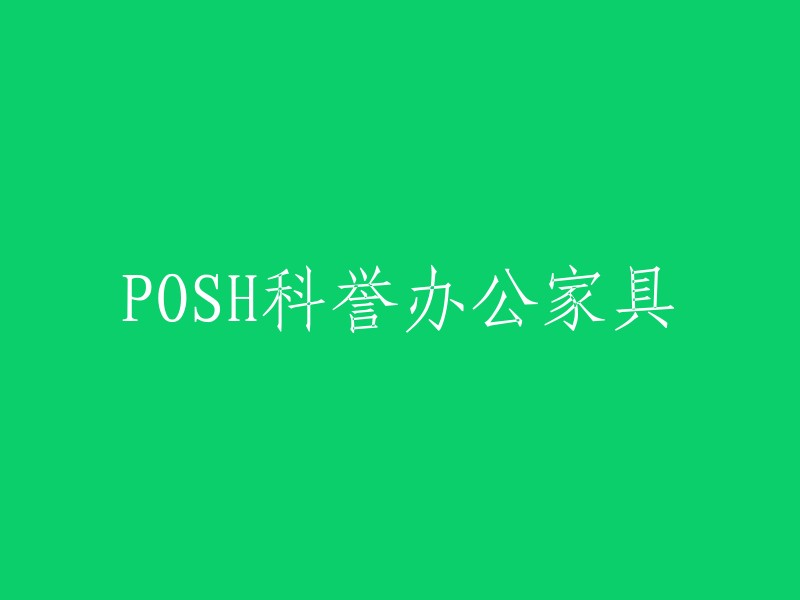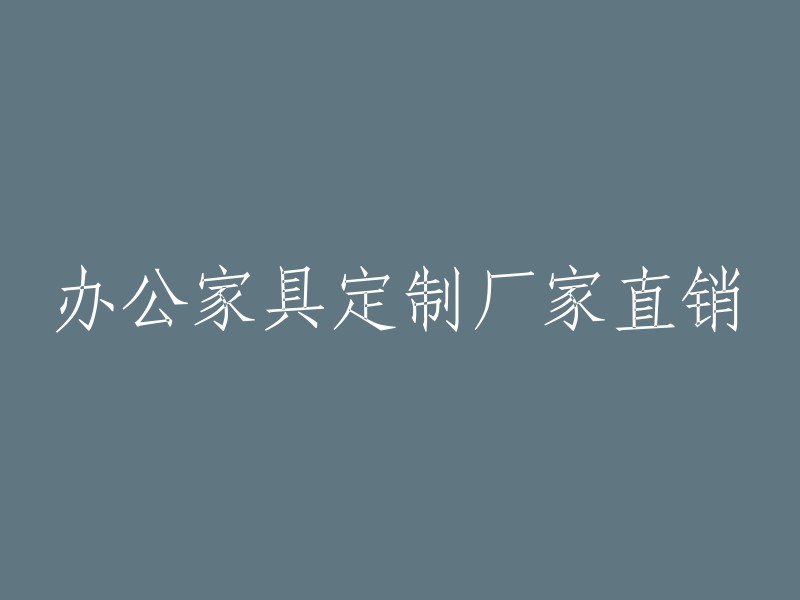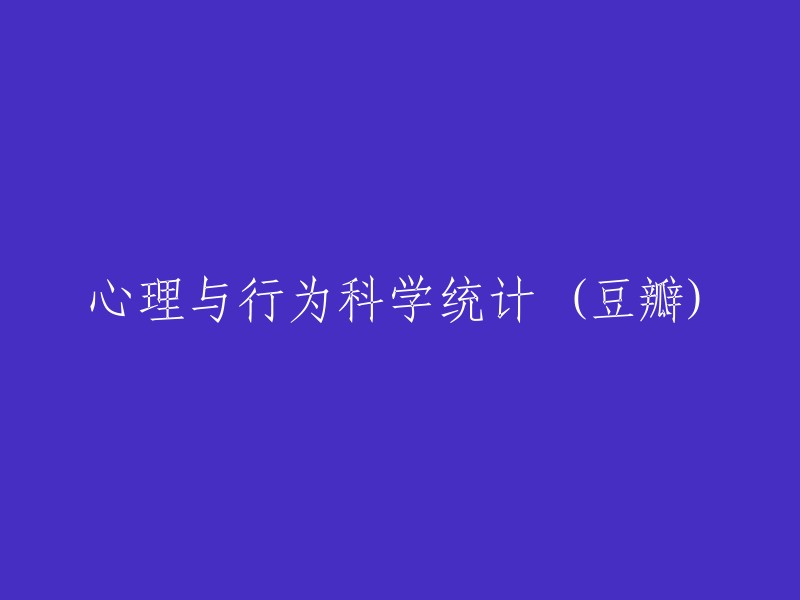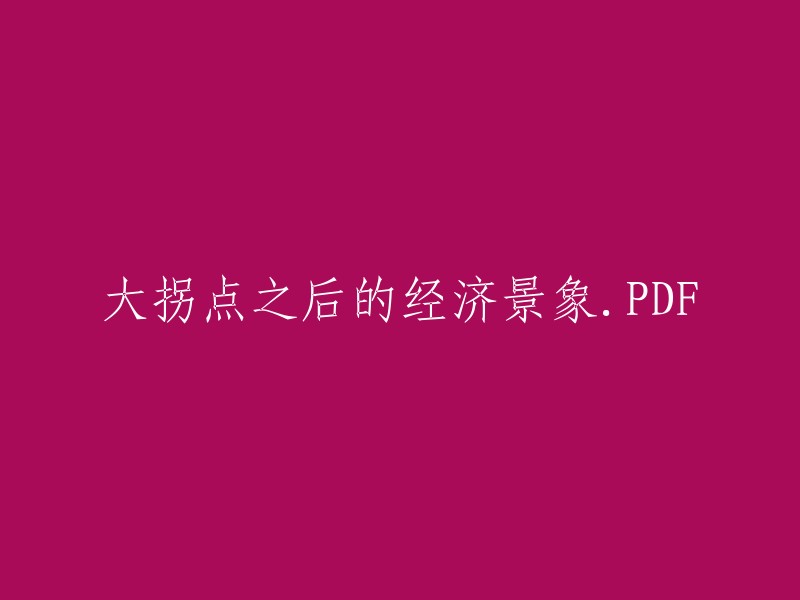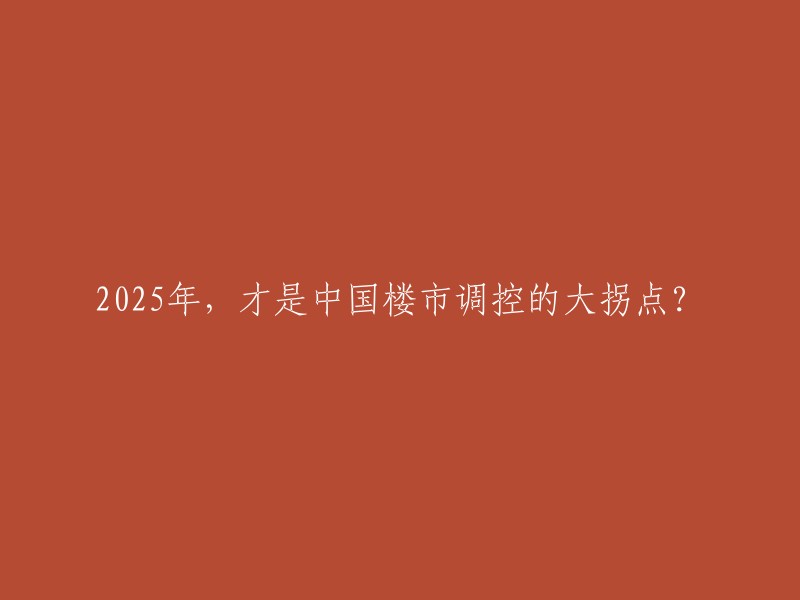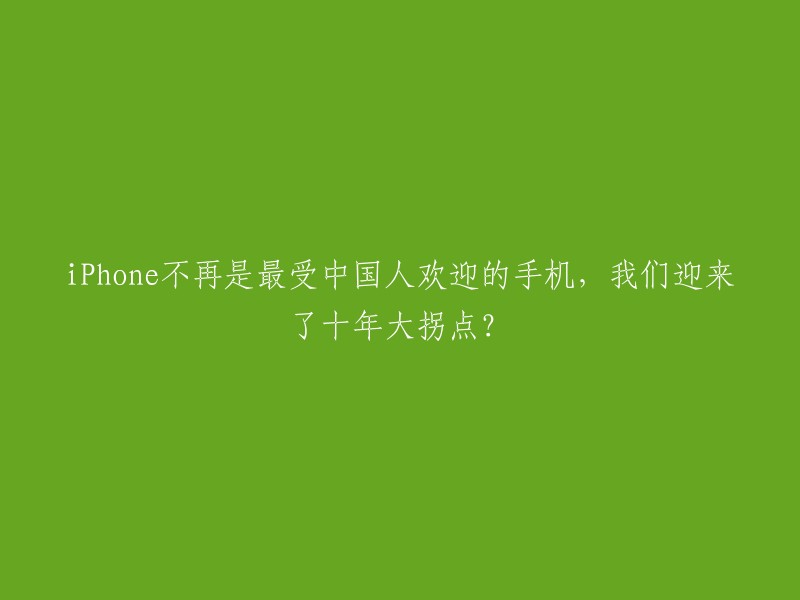Throughout Earth's long geological history, countless creatures have roamed the planet. Although they no longer exist, their remains or ruins remain buried in mud and rocks. These fossils provide valuable scientific support for the study of ancient species, helping researchers understand the evolution of life on Earth and interpret its history.
One such fossil is the Guanlingsaurus liangae, also known as the Liangshiguanling dinosaur. This dinosaur was discovered in Guizhou Province and belongs to the group of fish-like reptiles called the 'ichthyosaurs'. The remains were found in a rock layer that dates back over 250 million years ago, making it one of the oldest known ichthyosaur fossils in China.
Another fascinating fossil is the crinoids, which belong to the same group as corals and sea anemones. These fossils are important because they provide insight into the early stages of marine life, before complex organisms like coral reefs and mollusks emerged. The crinoids were discovered in rocks dating back over 700 million years ago, making them one of the earliest known fossilized marine organisms in China.
So how are these fossils restored? Restorers use a variety of techniques to uncover hidden details and reconstruct the original appearance of these ancient creatures. This can involve delicate cleaning and preservation efforts to ensure that the fossil is protected for future generations. Restorers also rely on scientific knowledge and analysis to help interpret the fossils and piece together their history.
Today, we celebrate International Museum Day by exploring the mysteries of life on Earth with Osborne, an international student from Zimbabwe who studies at Guizhou Institute of Technology. As we delve deeper into the world of paleontology and learn about the incredible creatures that walked our planet long ago, we gain a greater appreciation for the diversity of life on Earth and our place within it.
今天是第46个国际博物馆日,让我们一起来参加贵州理工学院国际语言生Osborne(高帅)带领的探索活动。他来自非洲津巴布韦,此次我们将跟随他一起走进贵州省地质博物馆,去揭开被时光掩藏的生命奥秘。
参与报道的记者有:Chen Xi、Zhou Xuan、Huang Yixin。文章的编辑人员包括:Wang Ziyi、Xu Ran,高级编辑为Tian Minjia。

